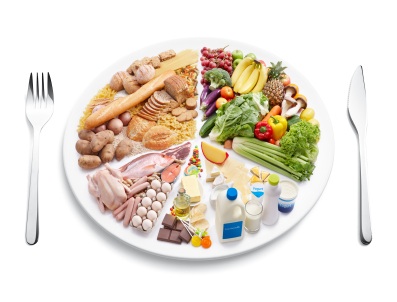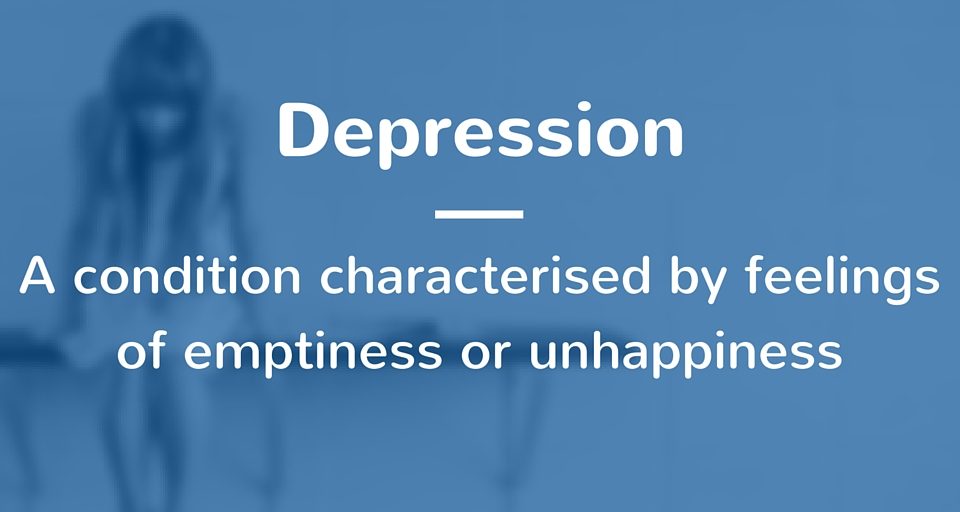- Have any questions?
- +923000260777
- [email protected]
Importance of Vitamin D for Children

کھیرا : سن سڑوک اور ہائی بلڈپریشر کا علاج
July 13, 2020
What is a Vitamin B-12 Deficiency?
July 26, 2020Vitamin D is essential to your child’s health, but not all kids get enough of it.
We all need a variety of vitamins and minerals to be at our healthiest, and for the most part we can count on getting them through eating a balanced diet. What you may not know is that vitamin D, which delivers a variety of health benefits and is especially important for children’s growing bodies, is present in only a few kinds of foods. For this reason, it’s important to be aware of the ways in which your child can get enough vitamin D.
Vitamin D and Children’s Health
Both adults and children need two kinds of vitamin D in order to maintain a healthy body. Those are ergocalciferol (vitamin D2), which is made by plants, and cholecalciferol (vitamin D3), which is made by the human body when the skin is exposed to UVB rays from the sun. Both D2 and D3 assist in the absorption of calcium and phosphorus from the diet into the bloodstream, which aids significantly in building and maintaining strong bones.
“What vitamin D does is allow us to use the calcium that we eat,” says Daniel J. Raiten, PhD, Program Officer of the Endocrinology, Nutrition, and Growth Branch at the Eunice Kennedy Shriver National Institute of Child Health and Human Development in Bethesda, Md. “You get [calcium] from food and vitamin D is involved in getting it absorbed in the gastrointestinal tract.”
Vitamin D: Dairy Foods and Other Sources
Vitamin D can be found in a select number of foods including fatty fish, like salmon, mackerel, tuna, and sardines, and fortified milk, cereal, and juices. Smaller amounts are found in eggs, beef, and cheese.
“Vitamin D is fat soluble, just like vitamins A, E, and K,” says Raiten. “In order to be absorbed, they usually need to be associated with fat or oil. That’s why dairy is ideal for fortification — the addition of vitamin D; it has dairy fat.” Now juices and cereals can be fortified with vitamin D. If your child doesn’t like dairy products, those fortified foods are a good way to get a dose of the vitamin.
It is especially important that infants who are breast-fed and who don’t get supplemental formula get vitamin D drops. This is because human breast milk does not supply vitamin D to your baby. Children who drink fortified cows milk get 100 IU of vitamin D per cup, or 25 percent of the recommended daily allowance.
A potentially good source of vitamin D is exposure to sunlight, between 10 and 20 minutes a day on bare skin. Of course, UV rays have also been found to cause cancer, so sunlight is a somewhat controversial means of getting the nutrient (your body does not make vitamin D if you’re wearing sunscreen). The color of your child’s skin, the amount of cloud cover, and your geographic latitude can also decrease the amount of vitamin D your child will make from the sun, so it is an unreliable way to get vitamin D, especially in the winter and in northern areas.
Vitamin D: Healthy Bones Now, Healthy Bones Later
Children with a vitamin D deficiency can get rickets, a disease that causes deformities in the skeleton. While vitamin D has historically been associated with strong bones, recent research has found that it may also be an important factor in maintaining a healthy immune system and warding off cancer, autoimmune diseases, and high blood pressure. “These studies are all preliminary so we don’t know the cause and effect,” says Dr. Raiten, “but they’ve led us to think about vitamin D in a broader way.”
The American Academy of Pediatrics has recently issued a statement recommending 400 IU as a recommended and safe daily intake for both infants and children, and that is the current official recommendation for children from 1 to 18 years old. To get this, your child needs to drink four cups of milk or eat six ounces of tuna.
When results of further vitamin D research are available, it is possible that this recommendation will change to even higher doses. However, it is not recommended that children get more than 2000 IU per day from the diet and supplements combined. For now, getting those 400 IU a day in conjunction with calcium will also set the stage to help maintain bone health in adult years and prevent osteoporosis, the bone thinning disease, later on.
Article Source: EveryDay Health
Vit D3 Drops available in Pakistan




